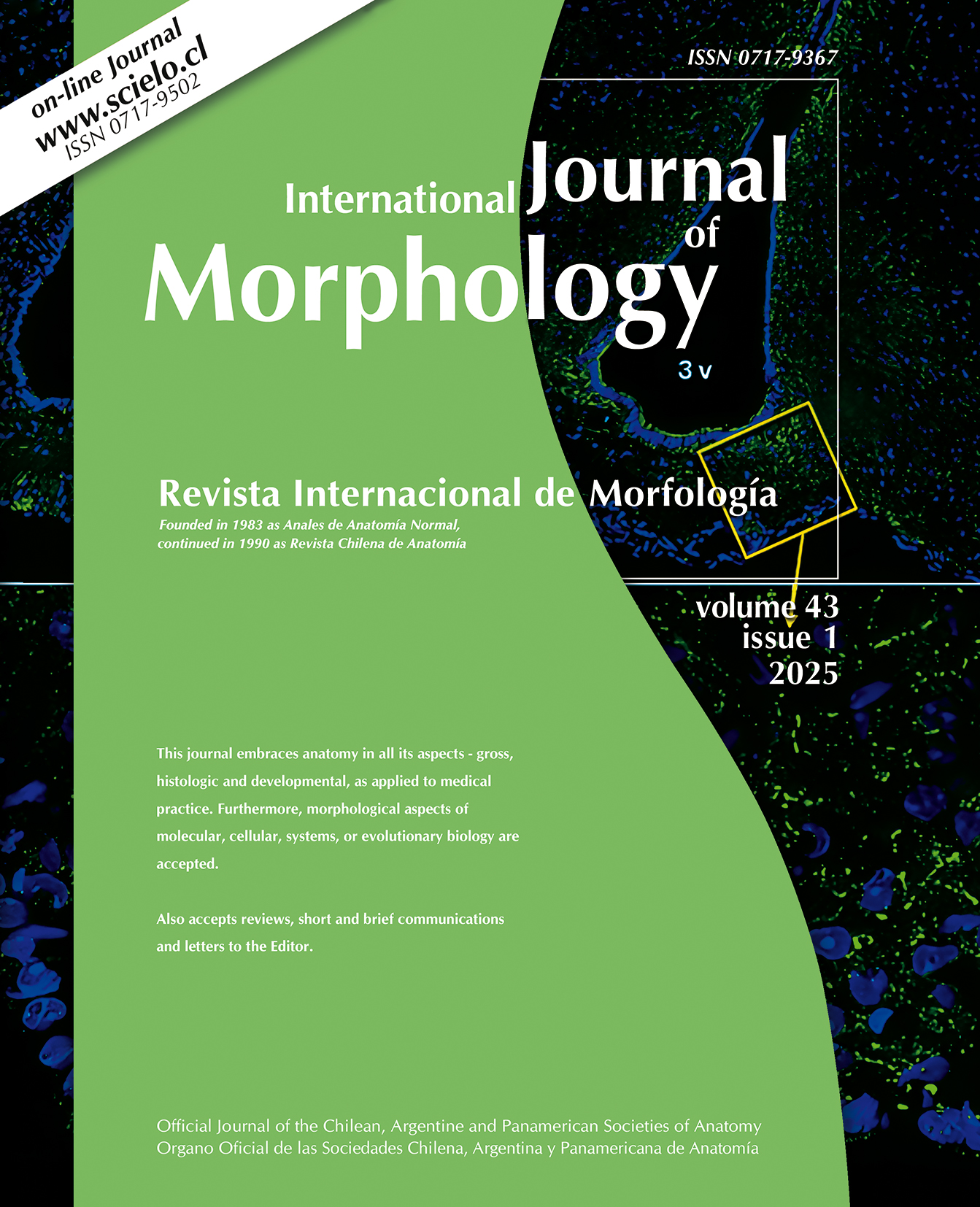Analysis the General Obesity Trends in Ecuador in the period 2014 – 2016
DOI :
Miriann Mora-Verdugo; Galo Duque-Proaño; Francisca Villagran & Tamara Otzen
Summary
Obesity is a global, public health problem. Considered a systemic, multiorgan, metabolic and chronic inflammatory disease, with an excess of subcutaneous adipose tissue, which carries a greater risk of morbidity and mortality due to life cycles. To determine the general obesity trends according to demographic variables in Ecuador in the period 2014 - 2016. Population study, with 318,594 subjects diagnosed with general obesity. 77.2 % represented by women. The data were provided by the Ministry of Public Health of Ecuador according to province (n = 24), regions (Coast, Sierra, Amazon, and Insular), age groups (under 15, 15 to 19, 20 to 64, and over 65) and sex. Statistical analyzes of frequencies, percentage, incidence rate per 1.000 inhabitants, incidence rate ratio per year, in the total population, by sex and age group were performed. Microsoft Excel 16.44 soft- ware was used. Considering 95 % confidence intervals. In the period studied, the general obesity rate per 1.000 inhabitants was 6,5, being 3 times higher in women than in men. In 2016, the highest obesity incidence rates were reported, (6,38 per 1000 inhabitants). In addition, there is an obesity rate 2,38 times higher in the Insular region than in the Coast (95 % CI; 2.14-2.65). The data found are important, since it is the first study where these figures were analyzed, so it is relevant to consider them when carrying out disease prevention and health promotion.
KEY WORDS: Obesity [MeSH]; Morbidity [MeSH]; Incidence [MeSH]; Ecuador [MeSH]; Demography [MeSH].





























